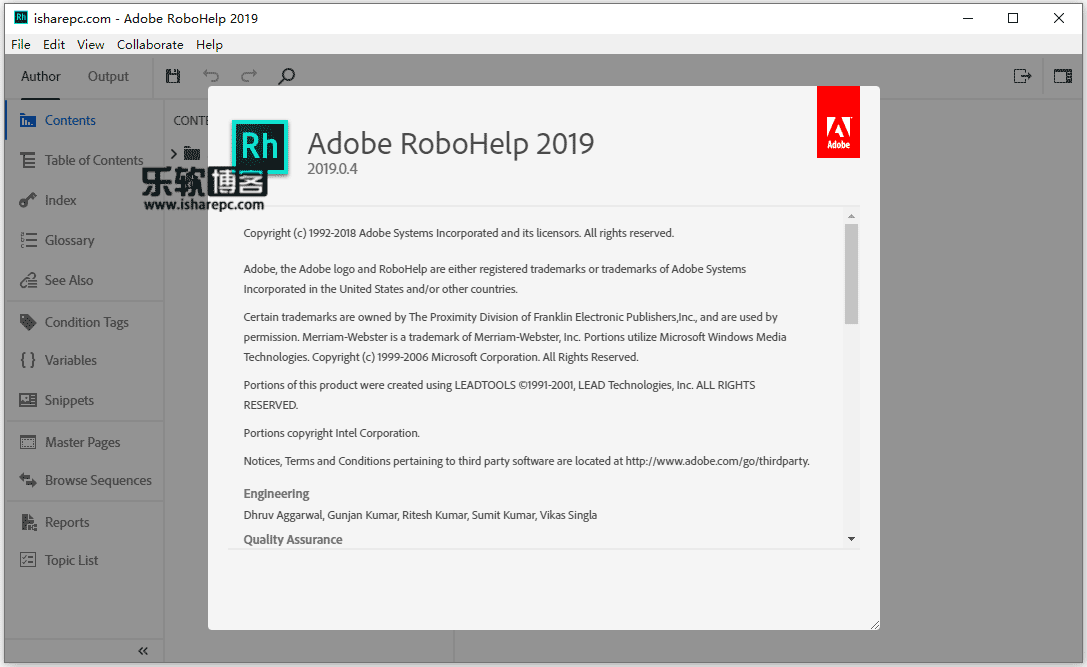

- #Examples of adobe robohelp in a call center how to
- #Examples of adobe robohelp in a call center install
- #Examples of adobe robohelp in a call center update
- #Examples of adobe robohelp in a call center Patch
- #Examples of adobe robohelp in a call center software
Safeguard 2.6 : Allowlist Authorized Libraries: Use technical controls to ensure that only authorized software libraries, such as specific. Reassess bi-annually, or more frequently. Safeguard 2.5 : Allowlist Authorized Software: Use technical controls, such as application allowlisting, to ensure that only authorized software can execute or be accessed. Block execution of code on a system through application control, and/or script blocking. Conduct general computing activities, such as internet browsing, email, and productivity suite use, from the user’s primary, non-privileged account. Safeguard 5.4: Restrict Administrator Privileges to Dedicated Administrator Accounts: Restrict administrator privileges to dedicated administrator accounts on enterprise assets. Example implementations can include: disabling default accounts or making them unusable. Safeguard 4.7: Manage Default Accounts on Enterprise Assets and Software: Manage default accounts on enterprise assets and software, such as root, administrator, and other pre-configured vendor accounts. Run all software as a non-privileged user (one without administrative privileges) to diminish the effects of a successful attack. Apply the Principle of Least Privilege to all systems and services. Safeguard 14.2: Train Workforce Members to Recognize Social Engineering Attacks: Train workforce members to recognize social engineering attacks, such as phishing, pre-texting, and tailgating. #Examples of adobe robohelp in a call center update
Review and update content annually, or when significant enterprise changes occur that could impact this Safeguard. Conduct training at hire and, at a minimum, annually.
#Examples of adobe robohelp in a call center how to
The purpose of a security awareness program is to educate the enterprise’s workforce on how to interact with enterprise assets and data in a secure manner.
 Safeguard 14.1: Establish and Maintain a Security Awareness Program: Establish and maintain a security awareness program. Inform and educate users regarding the threats posed by hypertext links contained in emails or attachments especially from un-trusted sources. Remind users not to visit un-trusted websites or follow links provided by unknown or un-trusted sources.
Safeguard 14.1: Establish and Maintain a Security Awareness Program: Establish and maintain a security awareness program. Inform and educate users regarding the threats posed by hypertext links contained in emails or attachments especially from un-trusted sources. Remind users not to visit un-trusted websites or follow links provided by unknown or un-trusted sources. #Examples of adobe robohelp in a call center Patch
Safeguard 7.4: Perform Automated Application Patch Management: Perform application updates on enterprise assets through automated patch management on a monthly, or more frequent, basis. Review and update documentation annually, or when significant enterprise changes occur that could impact this Safeguard. Safeguard 7.1: Establish and Maintain a Vulnerability Management Process: Establish and maintain a documented vulnerability management process for enterprise assets. Apply the stable channel update provided by Adobe to vulnerable systems immediately after appropriate testing. We recommend the following actions be taken: 
Users whose accounts are configured to have fewer user rights on the system could be less impacted than those who operate with administrative user rights.
#Examples of adobe robohelp in a call center install
Depending on the privileges associated with the user an attacker could then install programs view, change, or delete data or create new accounts with full user rights. Successful exploitation of the most severe of these vulnerabilities could allow for arbitrary code execution. Out-of-bounds Read, which could allow for arbitrary code execution.Heap-based Buffer Overflow, which could allow for arbitrary code execution.Out-of-bounds- Write, which could allow for arbitrary code execution.Access of Resource using Incompatible Type, which could allow for arbitrary code execution.Out-of-bounds Read, which could allow for memory leak.Access of Uninitialized Pointer, which could allow for arbitrary code execution.Use After Free, which could allow for memory leak.Use After Free, which could allow for arbitrary code execution.Access of Uninitialized Pointer, which could allow for memory leak.Cross-site Scripting, which could allow for arbitrary code execution.

Technique: Exploitation for Client Execution ( T1203) Details of these vulnerabilities are as follows Multiple vulnerabilities have been discovered in Adobe Products, the most severe of which could allow for arbitrary code execution.








 0 kommentar(er)
0 kommentar(er)
